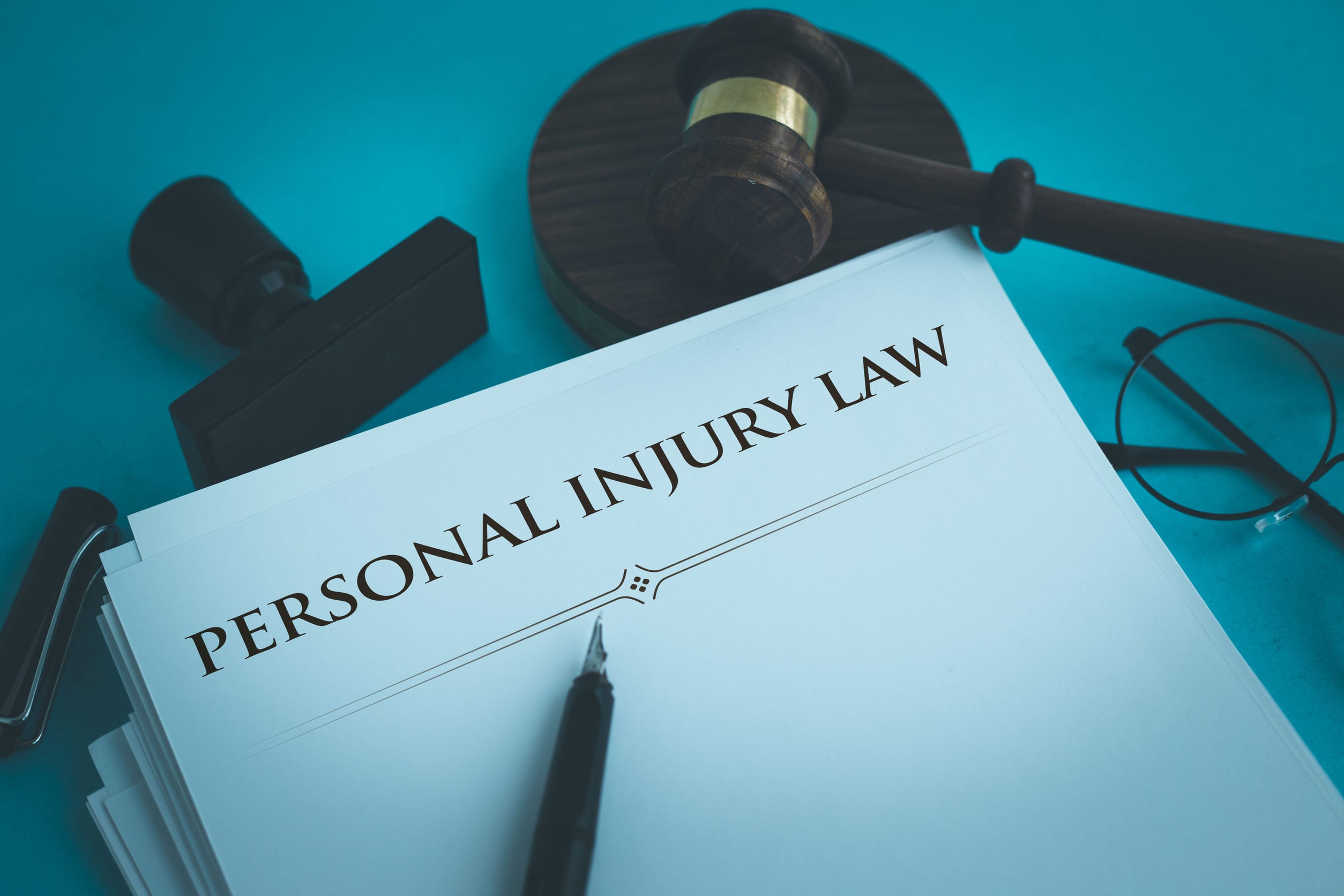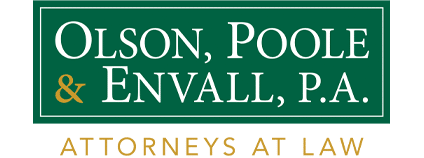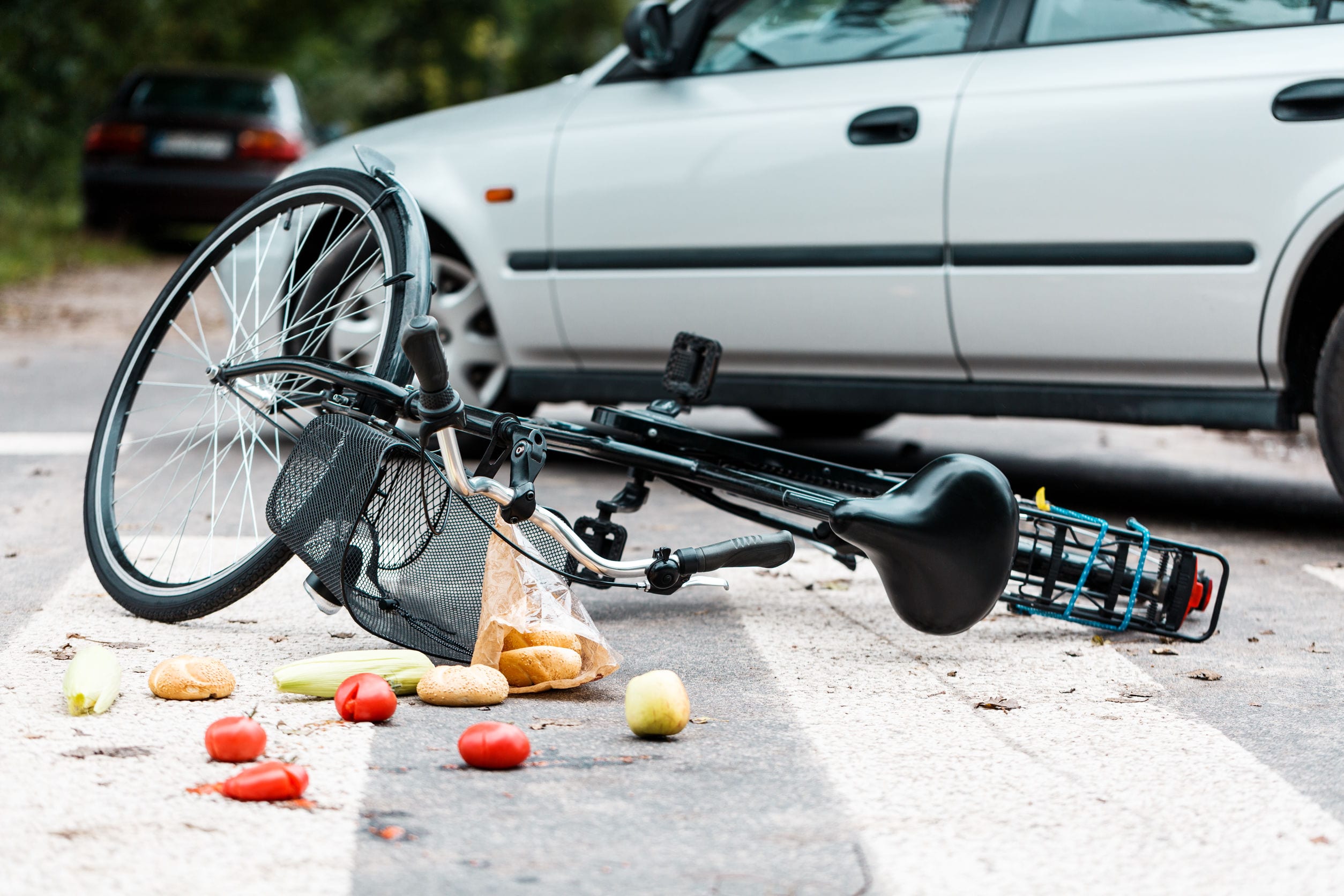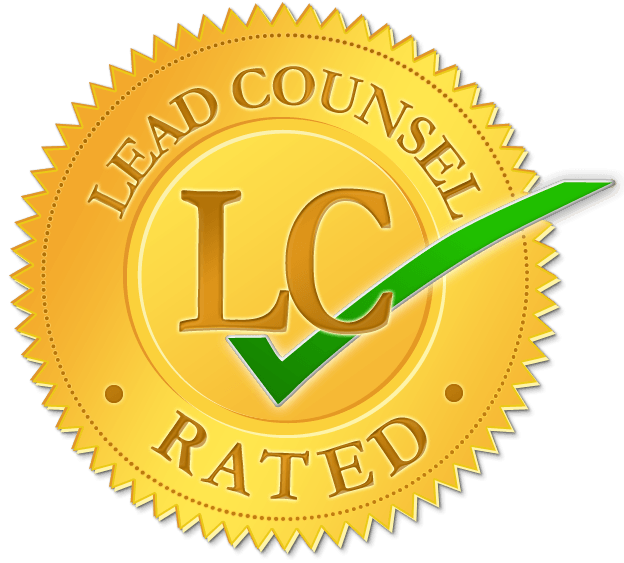Minnesota’s No-Fault Benefits Don’t Eliminate Fault Completely
Anyone with a vehicle in Minnesota knows about the “no-fault” car insurance policy required in our state. But what does that mean if you’re in a car accident? Is there any recourse if you’re injured? How do you go about determining who’s responsible?
Minnesota, just like many other states, requires anyone who owns a vehicle to have a minimum level of car insurance — insurance that includes no-fault coverage. Here’s what you need to know in order to make sense of this type of car insurance system, why the state requires it, and what you can do if you’re hurt in a car accident.
What Is No-Fault Insurance in Minnesota?
Every person who owns a car or truck in our state is required to have no-fault car insurance. With no-fault insurance, any medical expenses or other losses after a car accident — up to the policy limits — is paid for by your own car insurance coverage no matter who was at fault for the accident.
This also called “personal injury protection.” PIP coverage applies to the following people:
- The policyholder
- Spouse and children of the policyholder
- Relatives living in the home of the policyholder as long as they have no insurance policy of their own
- Anyone using the vehicle with your permission who does not have their own coverage
In the event of an accident, PIP insurance pays for you or other covered persons’:
- Lost wages
- Medical costs
- Replacement services, such as housekeeping if you are injured and can’t perform at-home duties
- Up to $2,000 in funeral expenses if the accident results in death
Minnesota no-fault insurance does not compensate for non-monetary damages such as pain and suffering.
Minimum Minnesota Insurance Coverage Requirements
How much is covered? That depends, but there is a minimum amount of insurance that must be purchased on vehicles in Minnesota. It breaks down like so:
Personal Injury Protection
This provides coverage of $40,000 for each accident that breaks down to $20,000 for medical expenses and $20,000 for non-medical expenses.
Minimum Liability Insurance
This requires you to have $30,000 for each person for physical injury, $10,000 per collision for property damage, and $60,000 per case for bodily injury.
For your own protection, you can also look at getting:
Uninsured Motorist/Underinsured Motorist Protection
The uninsured motorist coverage allows $25,000 for one person’s injuries and up to $50,000 for injuries of two or more people.
The underinsured motorist coverage provides up to $25,000 for one person and up to $50,000 for two or more people.

It’s illegal to drive without insurance in Minnesota, but that doesn’t mean you may not run into drivers who are uninsured. This type of insurance helps to protect you if you’re in an accident with someone who is uninsured or underinsured who cannot pay to cover any damages.
So, What If You’re Injured in an Accident in Minnesota?
If you are injured in an accident and want to seek compensation outside of the no-fault system, then you’ll have to file a lawsuit or third-party insurance claim against the at-fault driver. This allows you to put non-economic loses such as pain and suffering into contention.
In order to take this step, you must:
- Have suffered 60 days of permanent injury, disfigurement, or disability due to the accident
- Have acquired a minimum of $4,000 in medical expenses due to the accident
It’s important to note that even if you meet both of these thresholds, the claim you file against another driver can only be what is not currently covered by your no-fault insurance coverage. However, you can pursue compensation against the other driver for all categories of losses.
Shared Fault Rules in Minnesota
If you’re injured in an accident and found to be partly at fault, then this can impact how much compensation you can receive. Minnesota operates under a rule known as modified comparative negligence.
What is modified comparative negligence? It basically subtracts the percentage of fault assigned to you after an accident from the total compensation you receive. So, if you were found to be 40 percent at fault for your accident, then 40 percent would be subtracted from the compensation you receive. In other words, if you won $10,000, that would end up being $6,000.
Other Types of Personal Injury Claims
There are other injuries that can occur aside from automobile accidents for which you can seek compensation. Some of the most common are:
Premises Liability
If you are injured at a commercial establishment or someone else’s home, then that person or entity must be found liable for your injuries in order for you to get compensation. The type of accidents that fall under premises liability includes slip and falls, dog bites, and assaults.
Product Liability
If you are injured or your property is damaged due to a faulty product, then you may be able to seek compensation. The types of injuries associated with this include improperly designed products, prescription drugs, or dangerous toys, just to name a few.

In Minnesota, you only have two years to seek compensation after an injury. After that, the statute of limitations runs out — and you run out of luck. So if you are injured in an accident don’t delay in deciding which step to take next.
About the Author:
A lifelong Minnesotan, founding partner Ronald R. Envall has spent his entire legal career fighting for the little guy, focusing on workers’ compensation, Social Security, and personal injury cases. He has been recognized by SuperLawyers as a Top Rated attorney in Duluth, placing him in the top 5 percent of all workers comp lawyers across the state. In his free time, Mr. Envall serves on the boards of several area government and nonprofit organizations and is a member of the Minnesota Association for Justice, which supports consumer rights.
















